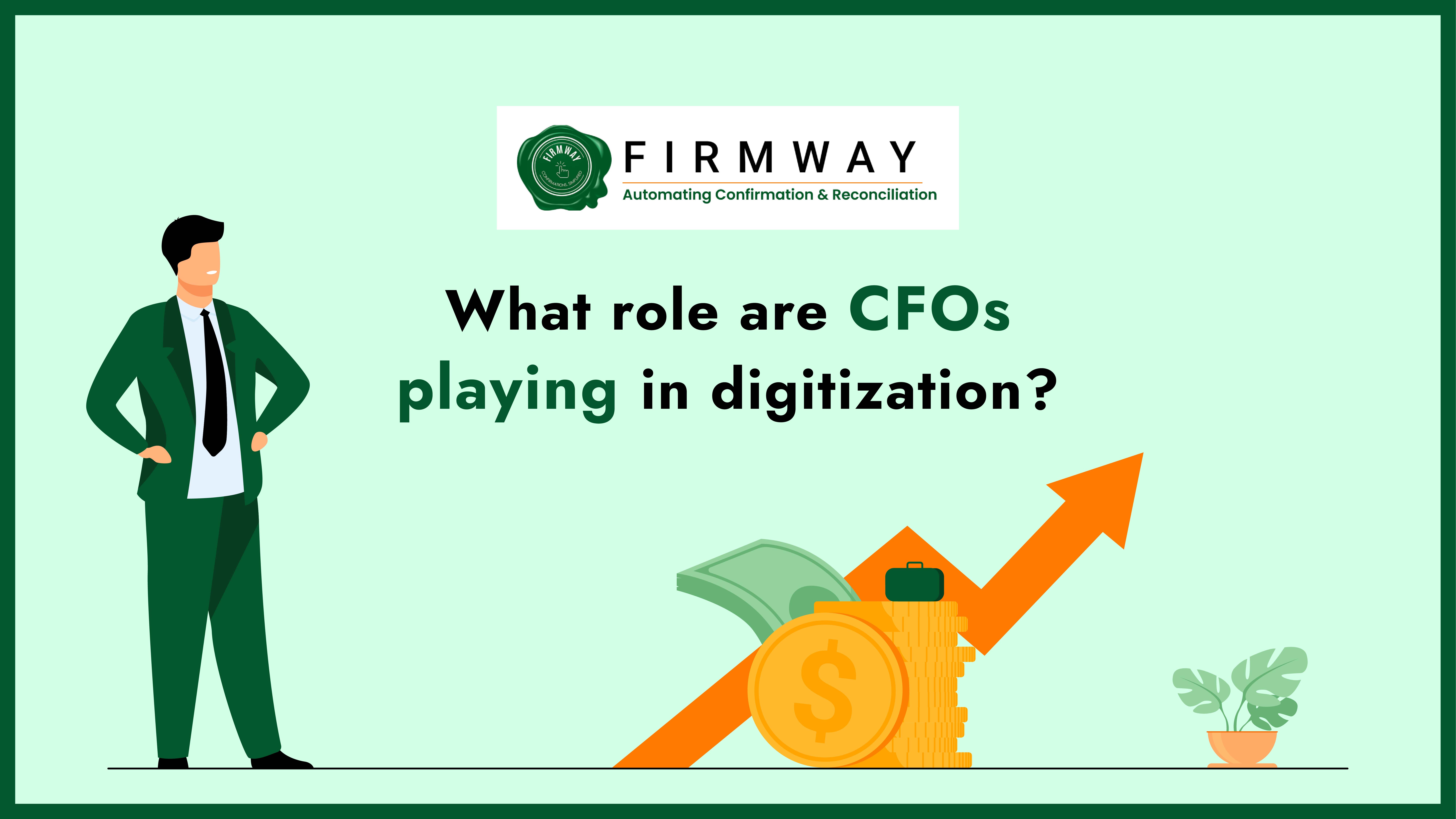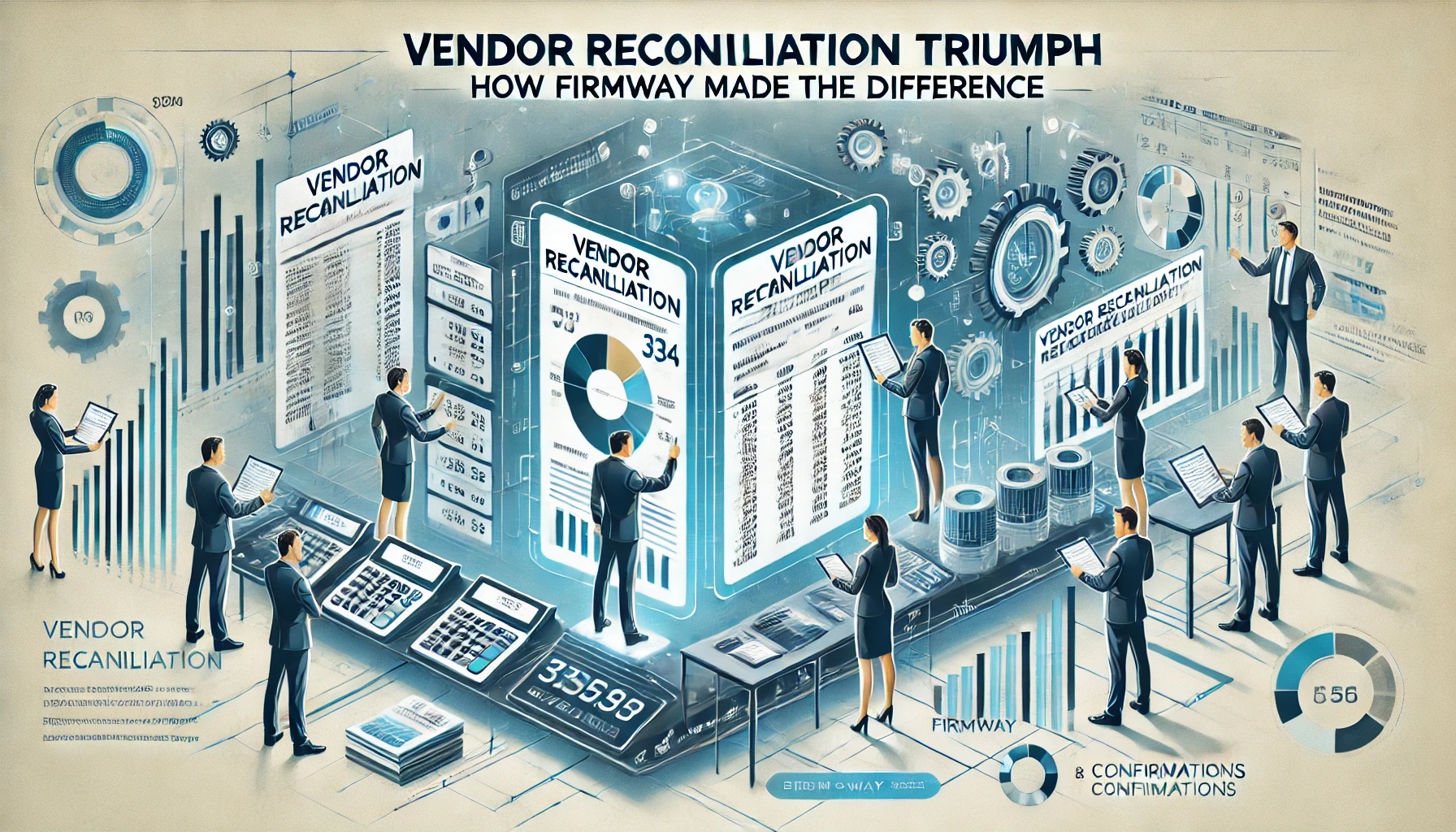In the world of finance and accounting, there’s a critical process that brings clarity to chaos, harmony to discrepancies, and balance to the books- it’s called reconciliation. One paramount part of the overall reconciliation process is Vendor Ledger Reconciliation. The vendor ledger reconciliation process ensures accuracy and transparency in the accounts payable function of an organization.
Definition
Vendor ledger reconciliation refers to the process of comparing and matching vendor ledgers or vendor statements of accounts with internal records to identify and resolve any discrepancies or inconsistencies. This crucial reconciliation process not only benefits the finance team but also extends its advantages to the entire procurement department.
Benefits of vendor ledger reconciliation for the purchase department of your organization
- Strengthened vendor relations
A well-reconciled vendor ledger also paves the way for improved vendor relations. All vendors prefer to receive timely payments accompanied by clear and reconciled invoices. Imagine you are buying parts for gadgets and the bill you get is not the same as what you agreed on. Reconciling the records carefully helps find and fix these differences. Plus, when you are good at keeping track of your purchases and paying on time, the people you buy from like you more. This can get you cool perks like bigger discounts, being a priority customer, and even getting special deals.
- Preventing Overpayments and Duplicate Payments
Duplicate payments and overpayments can occur in large organizations with numerous transactions. Vendor reconciliation helps the purchase team identify such instances and claim refunds or correct the errors, leading to cost savings.
- Data-driven price comparison
An effective comparison of quoted prices with invoiced amounts, helping the purchase department identify overcharges, undercharges, or pricing inconsistencies. Proper reconciliation guarantees that procurement decisions are based on accurate data, fostering better vendor relationships and optimizing cost management strategies.
- Access to Extended Credit Days and Discounts
Accurate reconciliation of vendor invoices instills confidence in the reliability of the purchase team’s payment processes. Vendors, reassured of timely payments and efficient financial management, may offer extended credit days to the organization. Additionally, they might even be more inclined to extend early payment discounts as a gesture of appreciation for the smooth and prompt payment process.
- Mitigated Purchasing Risks
Vendor ledger reconciliation mitigates the risk of financial errors and fraud in the procurement process. The purchase team can identify and address discrepancies, unauthorized charges, or potentially fraudulent activities. Thus, ensuring that all transactions are legitimate and accurate. This safeguards the organization from financial losses and reputational damage caused by discrepancies in vendor transactions.
Vendor ledger reconciliation is a crucial activity that offers numerous benefits to the purchase team. It contributes to better financial management, vendor relationships, and overall operational efficiency. By maintaining accurate and up-to-date records, the purchase team can make well-informed decisions and reduce financial risks.
Adopt the new-age approach for vendor ledger reconciliation with Firmway’s cutting-edge reconciliation.
With its advanced automation and data matching capabilities, the software helps identify discrepancies, prevent overpayments, and improve accuracy in financial records. It provides updates like unbooked debit note/credit note, tax discrepancies, duplicate payments, and more. This enhances vendor relationships, achieve audit readiness, and optimize their procurement process for better financial management.










